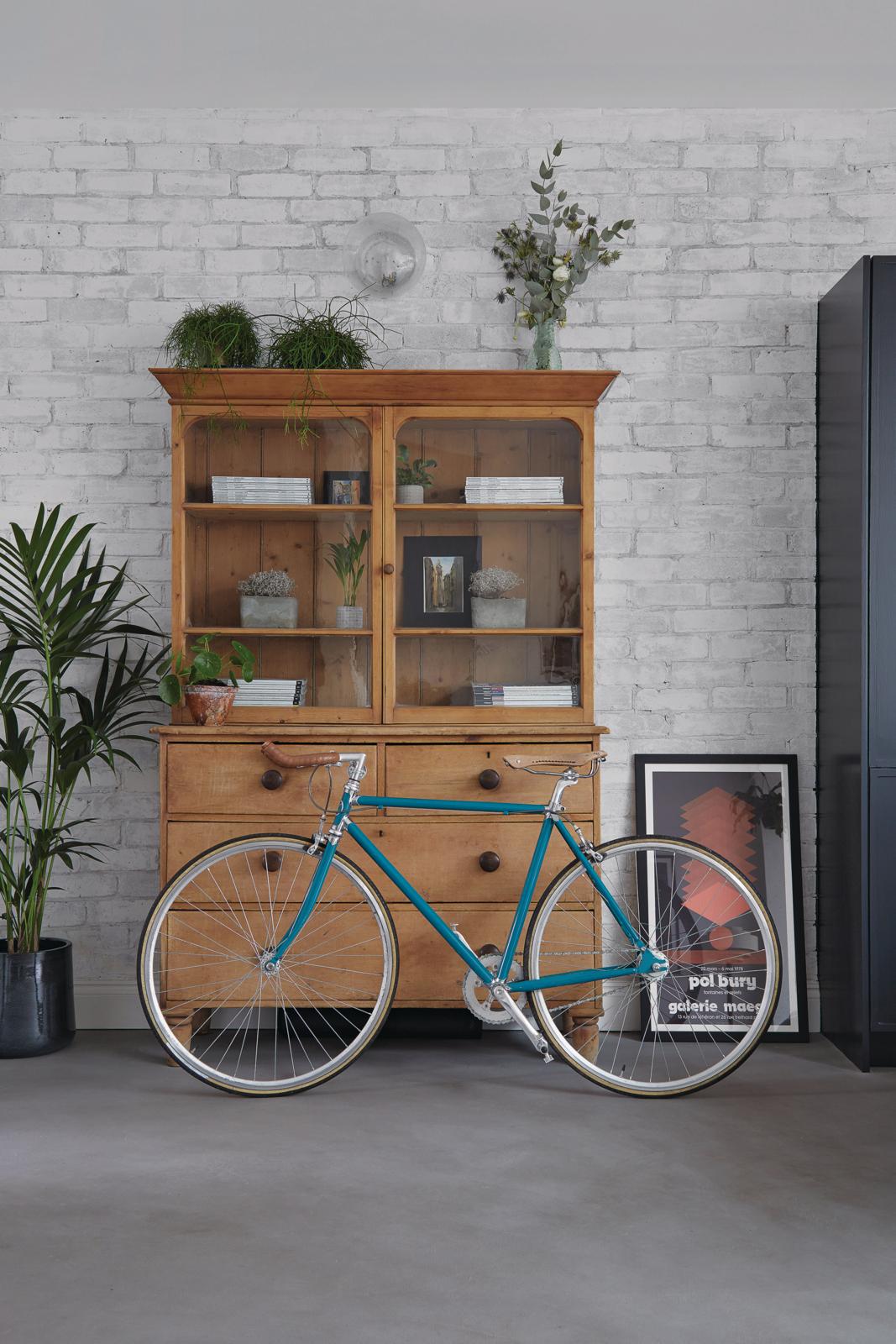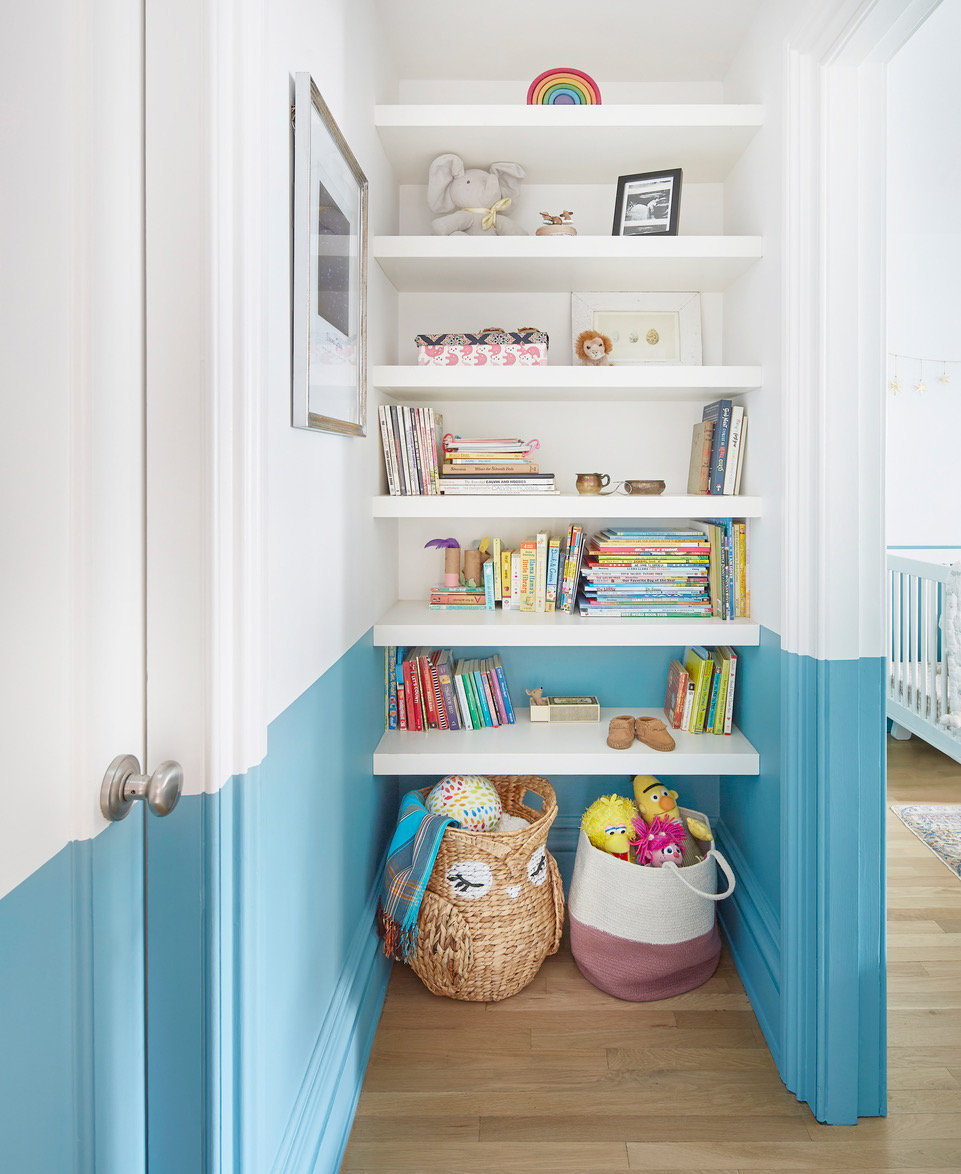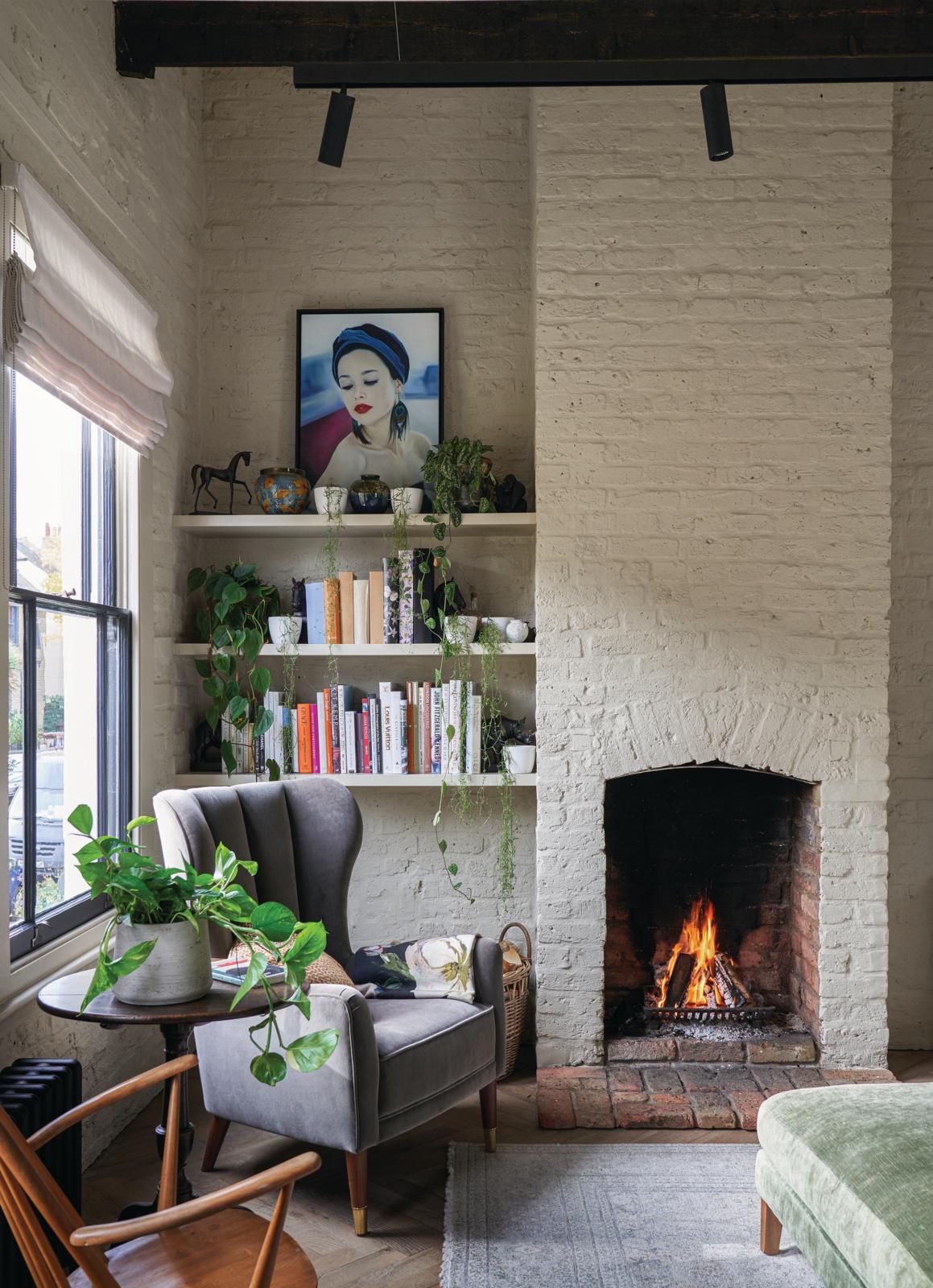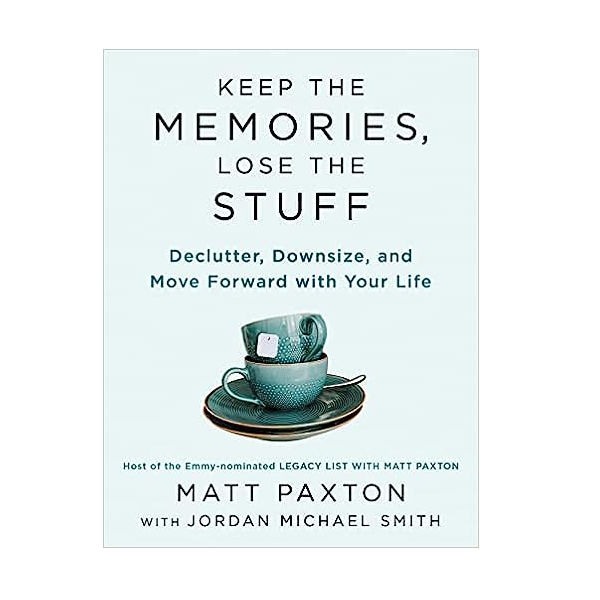Things You Should Never Store in a Living Room — These 4 Items May be Ruining Your Home's "Calm"
Find alternative homes for these items according to organizational experts

Efficient storage is key to creating a serene home, whatever its size. Clutter-free surfaces, coupled with being able to find things when you need them, reduces stress and makes a space feel comfortable.
It's a balance of ease and order. However, sometimes this balance can tip too far into ease and cease to work.
Even though it may be tempting, there are a number things to never store in a living room according to designers and organizational experts. Apart from obvious items, what do they suggest keeping elsewhere and why?
1. Exercise equipment

Maintaining a fitness regime is obviously important — and advice is often to make this as easy as possible. For this reason, some of us may be tempted to keep exercise equipment where we can see it and easily access it.
The downside of doing this is a constant reminder that you "should" be doing something other than unwinding.
'Although living rooms can often be used as an exercise space, this equipment can take up tons of room when it is not being used,' says Jane Lockhart, interior designer and principal of Jane Lockhart Design.
'For easy access to exercise equipment, consider a hallway closet, so you can pull it out when needed while keeping it out of sight.'
The Livingetc newsletters are your inside source for what’s shaping interiors now - and what’s next. Discover trend forecasts, smart style ideas, and curated shopping inspiration that brings design to life. Subscribe today and stay ahead of the curve.
'Pelotons, weight benches, outdoor bikes — I've seen them all stored in the living room,' says New York-based professional organizer, Dawn Falcone, founder, The Chaos Liberator. 'While home fitness boomed during the pandemic and many are keeping to it, there are better options.
'If you don't have an obvious place for your outdoor bike like a garage or bike room (city dwellers), storing in an entryway would be better than your living room. Pelotons and other equipment can be kept in a home office or corner of a bedroom–areas that don't receive as much traffic as a living room.'
2. Children's toys

Getting kids to bed can be a challenge. Even more so, if their toys are still out in the living room and they still want to play. Not to mention, the trip hazard and mess this presents. Neither of which is conducive to downtime.
'When toys are stored in a living room they take over the area 24/7,' says Dawn. 'It's better to store them on shelves, bins or a toy box in a kid's bedroom. Sure, they can take them out to play in the living room during the day, especially if space in their bedrooms is limited.
'But, then at night the toys get put away. This gives the adults of the house some much-needed relaxing time free of toys and clutter.'
3. Surplus furniture

Ensure the furniture in your living room has a purpose and deserves to be there. Ideally, a living space should be cozy without being cluttered, in order for it to feel comfortable.
'This seems obvious, but sometimes people keep extra living room furniture that they just don't know what to do with in their living room,' says Dawn. 'I've seen dressers, extra chairs and an abundance of ottomans all placed in living room corners, crowding the space.
'The first step is to decide if you really need to keep all of the furniture. Let it go if you don't have room in other parts of your home. Only keep the pieces that are truly functional to the way you live.'
4. Magazines and mail

Piles of mail and well-thumbed magazines subconsciously signal 'stuff to do'. This not only makes a living room look messy, it may subtly prevent relaxation too, as we don't quite switch off.
Of course, leaving the latest issue out to read as coffee table decor is a pleasant past-time, but stacks of old curling copies create clutter. If you're keeping interior magazines as a source of inspiration for projects, we would suggest finding a designated space for them, so you can refer back to them when required.
'Many people collect or keep magazines, and often store these in the living room,' says Jane Lockhart. 'However, magazines can take up tons of space that would be better used by storing items you need to access more immediately.
'Consider storing magazines in a dry area, or up on a shelf, where they will avoid damage (or being used as a coaster). This goes for mail too, which shouldn’t be kept in the living room but instead in a dry space out of sight.'
Jacky Parker is a freelance lifestyle journalist and writer, producing a wide range of features for magazines and digital platforms. She has written for Livingetc and its sister titles, Homes & Gardens and Country Homes & Interiors for more than 15 years, both as a freelance contributor and as Acting Digital Editor and Acting Style Content Editor, regularly reporting on the latest interiors, gardens and wellness inspiration, speaking to experts in their respective fields, and discovering the best tips.
Jacky has also written for other publications, including Sunday Times Style, The Telegraph, Architectural Digest, House Beautiful, ELLE Decoration, Red, Grand Designs and more.


